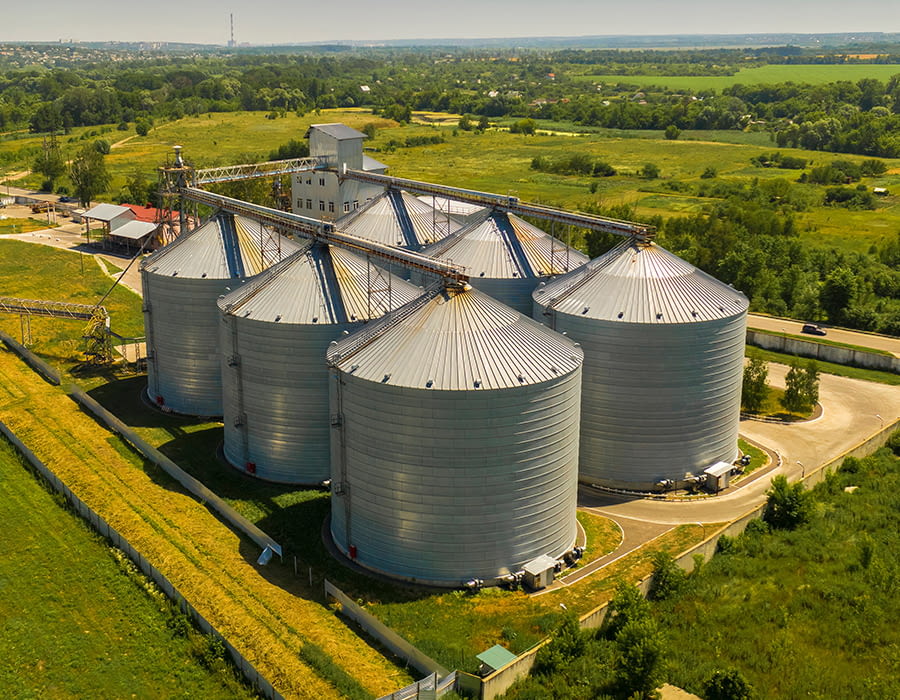
Level sensors for silos are a type of technological equipment used to reveal the amount of material stored in a silo. These devices, which can be installed in any type of storage reservoir, are designed to accurately measure the level of product inside the garbage can and provide real-time readings. This information helps to control inventory levels and identify when products need to be refilled. Sensors also help with safety issues, such as preventing overfilling or underfilling, as well as protecting against product contamination or spoilage. These devices are often easy to install and provide reliable measurements over long periods of time. Level detectors are therefore an ideal solution for anyone wishing to effectively manage their stock and ensure safe working conditions.
What types of level control sensors are there?
There are a variety of level sensors that can be used to measure the levels of liquids or solids in a wagon. Magnetic level sensors use a float with a magnet attached, which moves up or down depending on the level of the material. Ultrasonic and radar sensors emit sound and radio waves, respectively, which are reflected to determine the level of the substance. Also popular are pressure transducers, which measure pressure changes caused by varying liquid level. Optical level sensors use light-based technologies, such as infrared, laser and visible light spectroscopy, to measure the distance between the sensor and the liquid surface. Finally, vibrating fork level switches are used to detect high or low levels of liquids without coming into contact with them. All these types of level detectors have different operating characteristics and should be chosen according to the specific needs of your application.
How is the level of a silo measured?
The level of a silo is usually measured with visual or automated instruments. Visual instruments, such as binoculars or cameras mounted on a stand, are used to measure the level of material in the silo. Automated instruments use a variety of technologies, such as ultrasonic and radar-based systems. Ultrasonic systems use sound waves to measure the distance between the top and bottom of the silo contents. Detector-based systems emit electromagnetic waves that reflect off the surface of the silo material and are measured by probe. This data can be used to calculate the level of material inside the silo. Automated instruments are generally more accurate than visual instruments, as they allow continuous monitoring and measurement over time.
H2: How do level sensors work?
Level sensors are used to measure the level of a liquid or solid in a vessel. They come in many types, such as ultrasonic, capacitive, float and pressure transducers. These level sensors use sound waves to measure the level of a liquid or solid; they work by sending a signal and measuring the time it takes for the signal to return once it has bounced off the surface of the material. Capacitive sensors measure the electrical properties of materials to determine their levels; they are typically used to measure water or other liquids that can conduct electricity. Float sensors use a floating object to detect changes in liquid levels and are typically used in tanks and reservoirs. Pressure transducer sensors measure pressure changes within a system to calculate liquid levels. All of these types of level sensors work together to accurately measure liquid and solid levels in containers.




